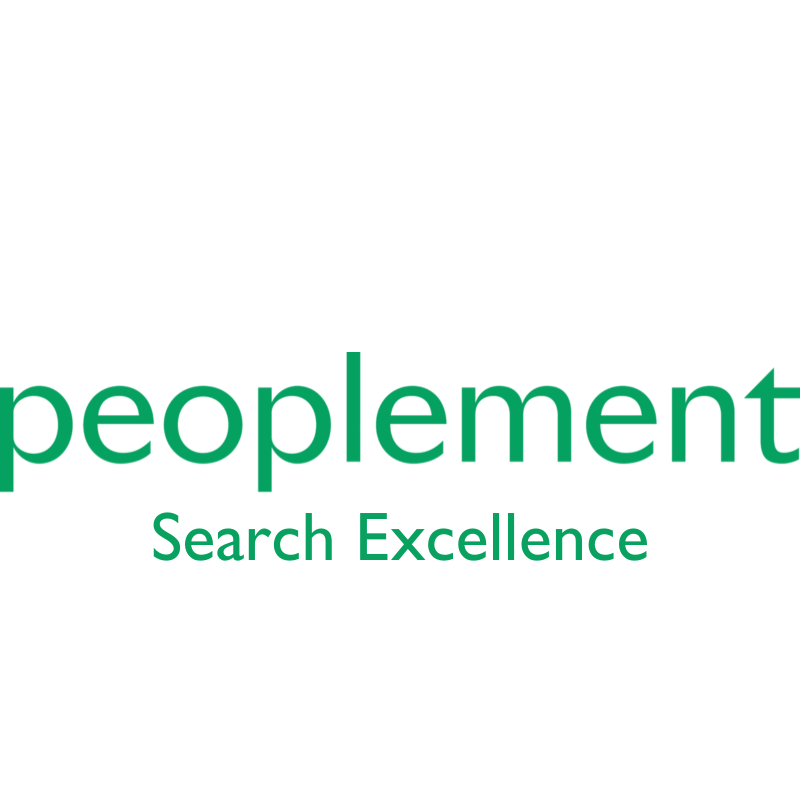Strategic empathy is emerging as a key leadership competency in 2025, enabling leaders to anticipate challenges, build trust, and drive organizational resilience in a rapidly changing world. Extensive research from leadership experts highlights the increasing importance of this skill in navigating continuous disruption, fostering team engagement, and making informed business decisions.
In a world where uncertainty is the norm, leaders need more than traditional strategic thinking—they need to understand and anticipate the needs of their employees, customers, and stakeholders. This article explores why strategic empathy is essential for today’s leaders and how organizations can integrate it into their leadership development strategies.
Strategic empathy extends beyond traditional emotional intelligence. While affective empathy (feeling what others feel) can sometimes cloud decision-making, cognitive empathy (understanding emotions rationally) allows leaders to make well-informed, strategic choices.
Studies have shown that organizations that cultivate strategic empathy in their leadership teams see improvements in decision-making, employee engagement, and adaptability. Originally a concept in military and diplomatic strategy, strategic empathy is now a business-critical skill that allows executives to anticipate competitors’ actions, understand customer behavior, and lead with both vision and emotional intelligence.
Recent research has identified five major business challenges that leaders will face in 2025. In each of these areas, strategic empathy provides a clear advantage:
The acceleration of AI, climate change, and geopolitical instability is reshaping industries. Leaders with strategic empathy can address employee concerns about automation while effectively guiding digital transformation.
Companies that understand market and consumer sentiment through strategic empathy can anticipate changes before competitors and adjust strategies accordingly.
With distributed teams becoming the norm, strategic empathy fosters collaboration and engagement in virtual environments, ensuring high performance despite physical distance.
By considering multiple perspectives, empathetic leaders reduce blind spots in strategic planning and ensure more well-rounded decision-making.
Leaders who actively listen and understand stakeholder concerns are better positioned to align teams with corporate objectives and build lasting trust.
Organizations that prioritize strategic empathy tend to outperform their peers in times of uncertainty.
Through leadership assessments and executive coaching, experts have identified key steps that executives can take to develop and implement strategic empathy:
Leaders with strategic empathy detect early signs of employee burnout and disengagement, allowing for timely intervention before productivity suffers.
Leaders who understand and support employees’ professional growth create more engaged and loyal teams.
Empathy doesn’t mean avoiding difficult decisions—it means making human-centered decisions that consider long-term impact.
Strategically empathetic leaders prioritize open communication, active listening, and follow-through on commitments.
Organizations can incorporate strategic empathy into their leadership development programs through the following approaches:
✅ Invest in Leadership Training: Provide coaching on emotional intelligence, active listening, and AI-driven decision-making.
✅ Encourage Diverse Perspectives: Create inclusive workplaces where leaders actively seek input from different stakeholders.
✅ Use Data & Human Insights Together: Balance analytics with qualitative insights to make informed, empathetic decisions.
✅ Foster a Culture of Curiosity: Encourage leaders to engage in self-reflection, learning, and continuous development.
✅ Prioritize People in Decision-Making: Business goals should always be aligned with employee well-being and company values.
✅ Lead by Example: Executives must demonstrate empathy in their leadership style for it to become ingrained in corporate culture.
Leaders who cultivate strategic empathy will be the most effective in navigating the future of work. In an era where trust, adaptability, and clear communication are more critical than ever, executives must go beyond traditional leadership skills and integrate strategic empathy into their core approach.
Companies that embed strategic empathy into their hiring, coaching, and leadership development efforts in 2025 will ensure their organizations remain resilient, adaptable, and people-centric.
Source: Altopartners
To learn more about trends and news in the world of leadership, hiring, recruitment, and executive search follow along here, where we do our best, to keep you updated.

Nødvendige cookies er absolut nødvendige for, at webstedet fungerer korrekt. Disse cookies sikrer grundlæggende funktioner og sikkerhedsfunktioner på hjemmesiden, anonymt.
| Cookie | Varighed | Beskrivelse |
|---|---|---|
| _icl_current_language | 1 day | This cookie is stored by WPML WordPress plugin. The purpose of the cookie is to store the current language. |
| cookielawinfo-checbox-analytics | 11 months | This cookie is set by GDPR Cookie Consent plugin. The cookie is used to store the user consent for the cookies in the category "Analytics". |
| cookielawinfo-checbox-functional | 11 months | The cookie is set by GDPR cookie consent to record the user consent for the cookies in the category "Functional". |
| cookielawinfo-checbox-others | 11 months | This cookie is set by GDPR Cookie Consent plugin. The cookie is used to store the user consent for the cookies in the category "Other. |
| cookielawinfo-checkbox-necessary | 11 months | This cookie is set by GDPR Cookie Consent plugin. The cookies is used to store the user consent for the cookies in the category "Necessary". |
| cookielawinfo-checkbox-performance | 11 months | This cookie is set by GDPR Cookie Consent plugin. The cookie is used to store the user consent for the cookies in the category "Performance". |
| cookielawinfo-checkbox-statistik | 1 year | No description available. |
| viewed_cookie_policy | 11 months | The cookie is set by the GDPR Cookie Consent plugin and is used to store whether or not user has consented to the use of cookies. It does not store any personal data. |
| wordpress_test_cookie | session | This cookie is used to check if the cookies are enabled on the users' browser. |
| wpml_referer_url | 1 day | This cookie is set by WPML WordPress plugin and is used for storing the last requested URL on the front-end. |
Disse cookies bruges til at forstå, hvordan besøgende interagerer med hjemmesiden og hjælper med at give oplysninger om metrics på antallet af besøgende, afvisningsprocent, trafikkilde osv.
| Cookie | Varighed | Beskrivelse |
|---|---|---|
| _ga | 2 years | This cookie is installed by Google Analytics. The cookie is used to calculate visitor, session, campaign data and keep track of site usage for the site's analytics report. The cookies store information anonymously and assign a randomly generated number to identify unique visitors. |
| _gat_gtag_UA_168585912_1 | 1 minute | This cookie is set by Google and is used to distinguish users. |
| _gid | 1 day | This cookie is installed by Google Analytics. The cookie is used to store information of how visitors use a website and helps in creating an analytics report of how the website is doing. The data collected including the number visitors, the source where they have come from, and the pages visted in an anonymous form. |
Disse cookies bruges til at give besøgende relevante annoncer og marketingkampagner. Disse cookies sporer besøgende på tværs af websteder og indsamler oplysninger for at levere tilpassede annoncer.
| Cookie | Varighed | Beskrivelse |
|---|---|---|
| cookielawinfo-checkbox-marketing | 1 year | This cookie is set by GDPR Cookie Consent plugin. The cookie is used to store the user consent for the cookies in the category "Marketing". |
